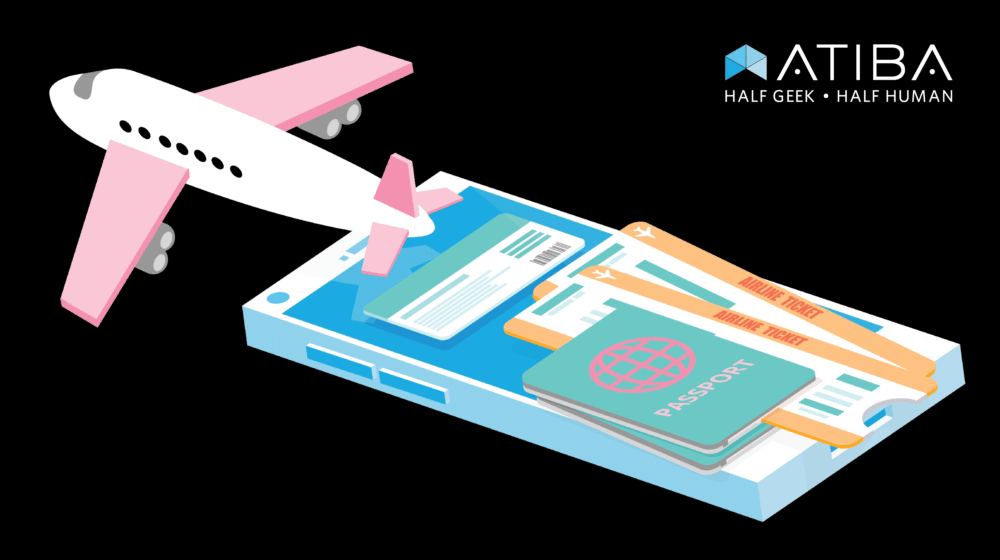This article originally appeared in The Tennessean.
There’s no place like home…there’s no place like home. There’s no place like home.
I closed my eyes and clicked my heels together three times and when I opened them, I was still stuck at the gate along with a few thousand other weary travelers at New York’s LaGuardia airport.
My flight, along with what seemed like 80% of the other departing flights on the screen had been canceled. It was 30 minutes before takeoff and like the rest of the frustrated passengers, I debated whether to stand in the long line at the counter or call the airline and hope to get through. I decided to do both while my wife attempted to find one of the last remaining hotel rooms in Queens as we reluctantly began to accept our fate.
It wouldn’t have been so bad except that the same thing had happened to me the week before in Detroit. My 9 p.m. flight ended up taking off at 2 a.m. Our plane was sitting on the tarmac ready to go, but there were no pilots available to fly it. The airport restaurants had closed, so I ate some Tic Tacs for dinner and passed the time playing Words with Friends while most of the other passengers tried to get a good night’s sleep on the floor.
What’s happened to air travel? It’s never been what anyone would call “fun” but between pent-up pandemic demand, labor shortages, and bad weather, flying the friendly skies has become one of the most unfriendly experiences you can have.
As I sat in my hotel room trying to figure out how I was going to get home, my nerdy mind began to wonder if there were any tech solutions to this worldwide air travel problem. Surely, I thought, with all the modern technology there must be a better way.
As it turns out, there is.
The “smart airports” of the future will (hopefully) be completely different from what we have today.
Most of the up-and-coming smart airport technologies focus on reducing the time spent standing in lines, reducing the number of delays and last-minute cancellations, and making air travel more predictable.
Imagine a courier service (or one day a drone) that picks up your bags at your house a few hours before your flight and a baggage tracking system that allows you to pull up a mobile app that tracks the location of your luggage in real-time. Or picture a security check and boarding process that uses AI (artificial intelligence) and facial recognition technology to speed up the process of getting through TSA and getting everyone on the plane.
Automated runway snowplows, self-driving baggage loading trucks, and even robotic car parking systems are in the works. Predictive analytics that anticipate delays and cancellations before they happen, automated ramps that connect to the plane as soon as it gets to the gate—the list goes on.
Just like the remodeling projects we see at many airports around the country (LaGuardia was actually really nice), implementing these technologies will take time. Balancing costs, privacy, and security concerns will not be easy. But as I sat there in my hotel room tired and frustrated, I couldn’t help but think the investment would be well worth it for the billions of passengers that will go through airports worldwide each year.
When we finally got home a day later, I figured that with my bout of bad luck I was due for some good luck the next time I traveled. Well…unfortunately I figured wrong. To be continued…
